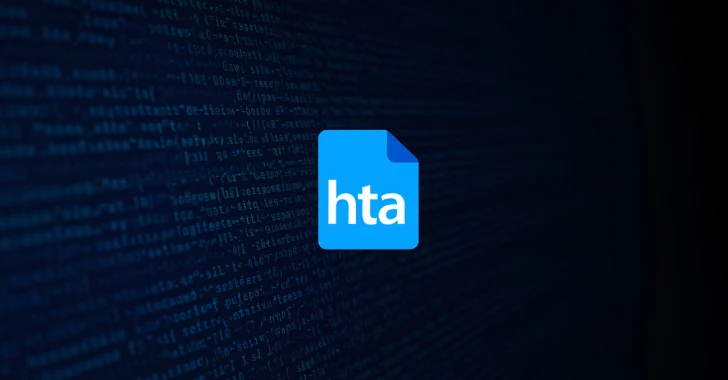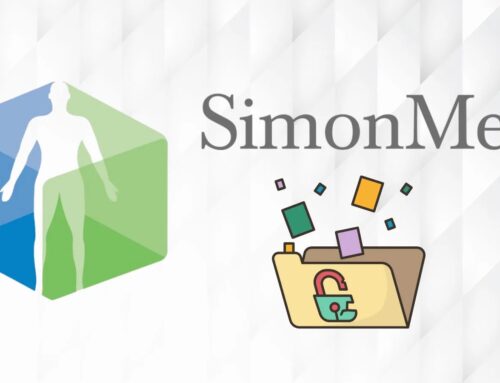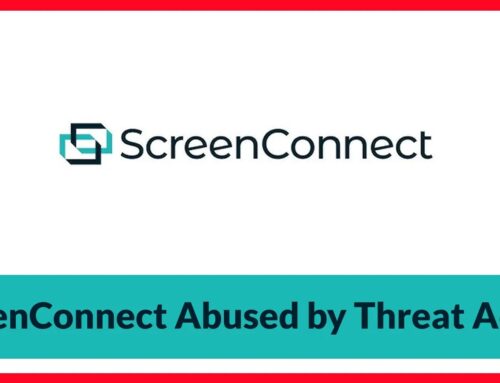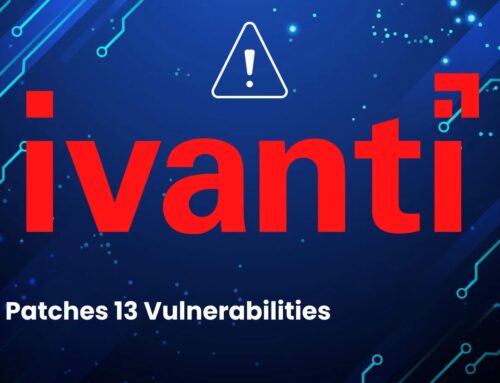
CERT-UA Warns of HTA-Delivered C# Malware Attacks Using Court Summons Lures
In the relentlessly evolving landscape of cyber threats, staying informed is not merely advisable but critical for organizational resilience. A recent warning from the Computer Emergency Response Team of Ukraine (CERT-UA) highlights a sophisticated and targeted campaign by a threat actor identified as UAC-0099. These attacks leverage a seemingly innocuous vector—phishing emails disguised as court summons—to deliver highly potent C# malware families via HTA files. This post delves into the specifics of this campaign, its impact on Ukrainian governmental and defense sectors, and crucial mitigation strategies.
Understanding the Threat: UAC-0099’s Modus Operandi
CERT-UA has issued an urgent advisory regarding a persistent cyber campaign orchestrated by UAC-0099. This threat actor specifically targets critical sectors within Ukraine, including government agencies, military defense forces, and enterprises within the defense-industrial complex. The primary attack vector is well-established but consistently effective: phishing emails.
These phishing attempts are meticulously crafted to appear legitimate, often impersonating official court summons. The objective is to entice recipients into opening malicious attachments or clicking deceptive links. Upon successful execution, these attacks deploy HTA (HTML Application) files, which act as a dropper for sophisticated C# malware strains.
Malware Families: MATCHBOIL, MATCHWOK, and Beyond
The UAC-0099 campaign is notable for its deployment of specific C# malware families, including MATCHBOIL and MATCHWOK. While the full capabilities of these malware families are still under analysis, their C# origins suggest versatility and potential for various malicious activities, such as:
- Information Theft: Exfiltration of sensitive documents, credentials, and proprietary data.
- Remote Access: Establishing persistent backdoors for remote control over compromised systems.
- Espionage: Covert surveillance and data collection tailored to the target’s operational context.
- Lateral Movement: Spreading within the victim’s network to compromise additional systems.
The use of HTA files as a delivery mechanism is particularly concerning. HTAs combine HTML, CSS, and scripting languages (like VBScript or JScript) to create executables that can run with the privileges of a standard application, bypassing traditional browser security models. This allows them to download and execute additional payloads, such as the C# malware, with minimal user interaction beyond the initial click.
Impact and Targeted Sectors
The explicit targeting of Ukrainian government, defense, and defense-industrial complex entities underscores the strategic nature of these attacks. Such compromises could lead to:
- Disruption of critical national infrastructure.
- Loss of classified information and military intelligence.
- Erosion of trust in governmental communication channels.
- Financial and reputational damage to targeted enterprises.
These attacks reflect a broader trend of state-sponsored or highly organized actors using sophisticated social engineering and bespoke malware to achieve strategic objectives.
Remediation Actions and Proactive Defense
Defending against advanced persistent threats like UAC-0099 requires a multi-layered security strategy, focusing on both preventative measures and rapid response capabilities.
- User Education and Awareness: Conduct regular, immersive training on phishing recognition. Emphasize the dangers of opening unsolicited attachments, especially those claiming to be official documents like court summons. Teach users to scrutinize sender details, email headers, and unexpected requests.
- Email Security Gateway Configuration: Implement robust email security solutions capable of advanced threat protection, including sandboxing for suspicious attachments, URL rewriting, and deep content inspection to detect HTA files and other malicious payloads.
- Endpoint Detection and Response (EDR): Deploy EDR solutions on all endpoints to monitor for suspicious activities, such as HTA file execution, PowerShell activity, and unusual network connections. Configure EDR to automatically quarantine or block known malicious processes.
- Network Segmentation: Isolate critical systems and sensitive data behind stringent network segments. This limits lateral movement even if an initial compromise occurs.
- Application Whitelisting: Implement application whitelisting policies to prevent the execution of unauthorized executables and scripts, including HTA files, unless explicitly permitted.
- Patch Management: Ensure all operating systems, applications, and security software are routinely updated to patch known vulnerabilities. While this attack doesn’t directly exploit a CVE in the provided information, unpatched systems can provide easier lateral movement avenues post-compromise.
- Disable HTA File Association: Consider disabling HTA file association with
mshta.exeor configuring Group Policies to prevent HTA execution on critical systems, if feasible within operational requirements. - Incident Response Plan: Maintain a well-tested incident response plan. Ensure clear procedures for containing, eradicating, and recovering from sophisticated cyberattacks.
Tools for Detection and Mitigation
Leveraging the right tools is crucial for enhancing an organization’s defensive posture against threats like UAC-0099.
| Tool Name | Purpose | Link |
|---|---|---|
| Email Security Gateways (e.g., Proofpoint, Mimecast) | Advanced phishing detection, attachment sandboxing, URL protection. | Vendor-specific links (Proofpoint, Mimecast) |
| Endpoint Detection and Response (EDR) solutions (e.g., CrowdStrike, SentinelOne) | Real-time threat detection, anomaly behavior analysis, automated response. | Vendor-specific links (CrowdStrike, SentinelOne) |
| Security Information and Event Management (SIEM) systems (e.g., Splunk, IBM QRadar) | Log aggregation, threat intelligence correlation, security analytics. | Vendor-specific links (Splunk, IBM QRadar) |
| Threat Intelligence Platforms (TIPs) | Integrate and consume CERT-UA’s advisories and other threat intelligence feeds. | Various providers (e.g., Recorded Future, Mandiant) |
Conclusion
The CERT-UA warning concerning HTA-delivered C# malware attacks by UAC-0099 serves as a stark reminder of the persistent and evolving threat landscape facing critical national infrastructure and enterprises. The use of convincing social engineering tactics, combined with potent custom malware, necessitates a proactive and adaptive cybersecurity strategy. Organizations, especially those in targeted sectors, must prioritize robust email security, advanced endpoint protection, and continuous security awareness training. Vigilance and a commitment to a strong security posture are paramount in mitigating the impact of such sophisticated cyber campaigns.





